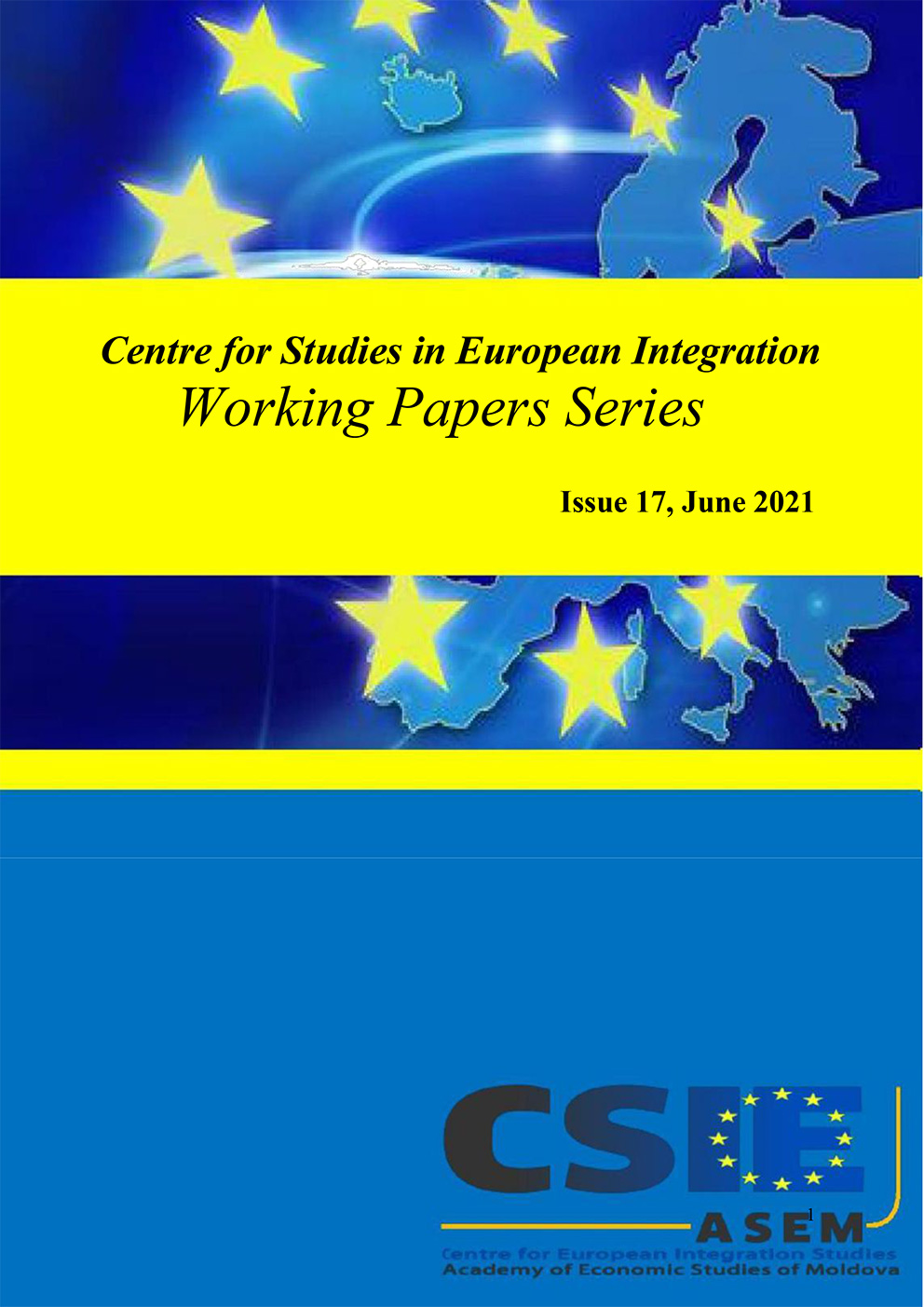France's experience with competitiveness poles and clusters as strategic tools for developing competitive advantages
France's experience with competitiveness poles and clusters as strategic tools for developing competitive advantages
Author(s): Elina Benea-Popușoi, MÎNZA Andreea-AnastasiaSubject(s): National Economy
Published by: Center for Studies in European Integration, Academy of Economic Studies of Moldova
Keywords: competitiveness pole; cluster; competitive advantage; industrial conglomerations; triple helix model; four clovers model; regional collaboration; innovation;
Summary/Abstract: In order to ensure the international competitiveness and sustainable development of the French economy, the country's authorities have implemented a new industrial policy, which also provided for the building and support of competitiveness poles, particularly since year 2005. The poles of competitiveness are conglomerations of representatives of industry, research institutions, as well as local or regional authorities who, by creating synergies and continuous collaboration, reach the pinnacles of economic efficiency. In addition to meeting all these conditions, the French poles are modern class clusters, fully adapted to the current trends of innovative development. They have managed to achieve multiple concrete results in terms of economic growth, succeeding in contributing to the modernization of the economy by increasing the competitiveness of products, services and labour. Members of the competitiveness poles aim to develop competitive advantages that provide for the sustainability of the innovation process.
Journal: Centre for Studies in European Integration Working Papers Series
- Issue Year: 1/2021
- Issue No: 17
- Page Range: 6-13
- Page Count: 8
- Language: English

